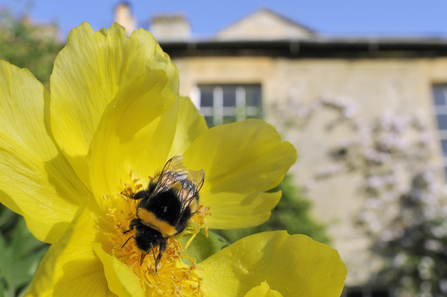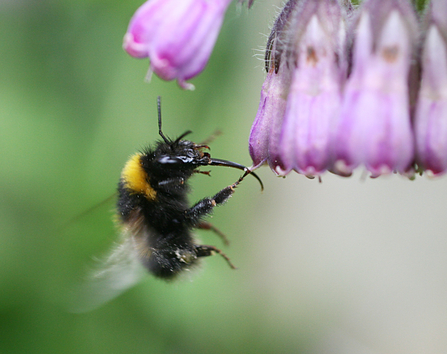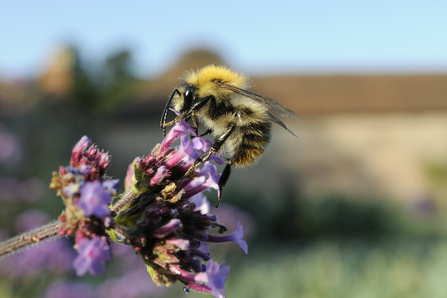Early Spring is a great time of year to pay a little attention to some of the small but vitally important creatures that live all around us, but that we often take for granted – our bumblebees.
At this time of year the queen bumblebees have just come out of hibernation – huge, furry zeppelins of the insect world. If you have some bee-friendly flowers in your garden you will see them hungrily feeding, for they haven’t had a meal for 7 months or more.









